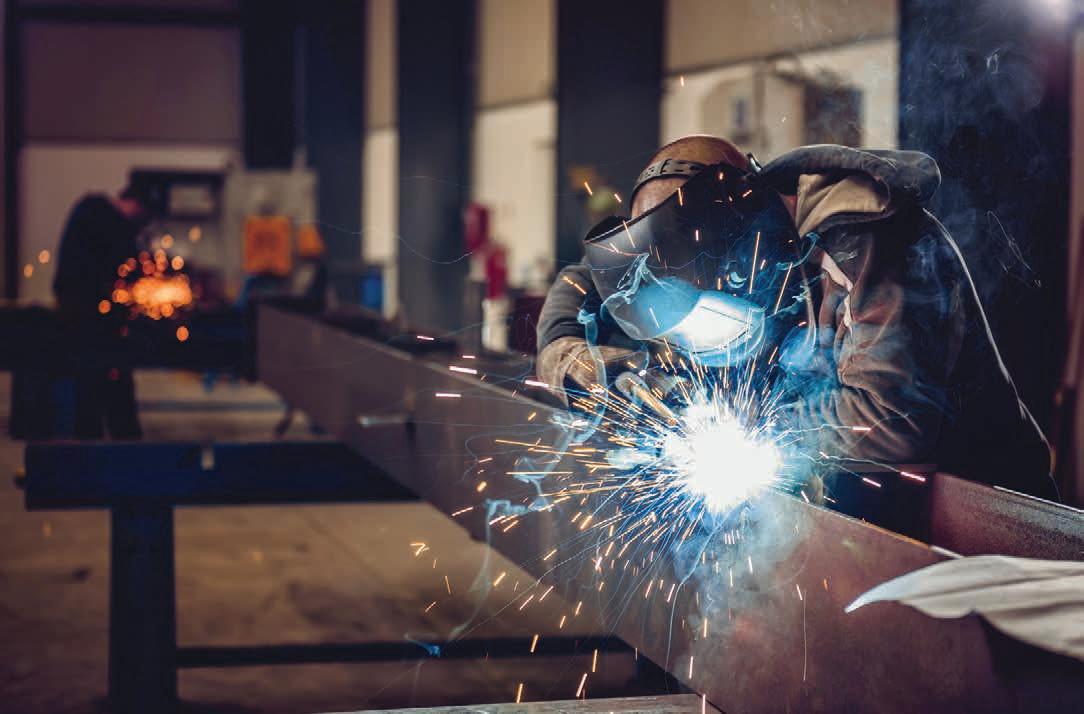
2 minute read
METAL



STEELING OURSELVES
ANTHONY SHARPE looks at the key takeaways of the recently released State of the Metals and Engineering Sector Report 2021-2022
The report, released by the Steel and Engineering Industries Federation of Southern Africa (SEIFSA) in February 2021, provides a comprehensive review of the industry over the past year.
“From 1994 to 2008, there was massive infrastructural investment in the economy,” says SEIFSA chief economist Chifi pa Mhango. “Coupled with key energy projects like Medupi and Kusile, and the 2010 Soccer World Cup, the metals industry was on the up in terms of demand. But ever since such projects dried up, we’ve seen a drop in investment, employment and capacity utilisation in the sector.”
He says government infrastructure plays a key role in addressing the industry’s challenges. “The good news is that infrastructure investment over the next three years is around R791-billion. That is quite massive, but still a drop from the previous three years – understandable in the context of government fi ghting COVID-19 and poverty.”
Other challenges facing the sector include unreliable energy supply, rising energy costs, increasing logistical costs and ineffi ciencies, supply of materials, increasing imports, a lack of skills and our declining trade position, says Mhango.
He says government has acknowledged the scale of the energy supply challenge. “The cost element is not being addressed, however. We tried to oppose Eskom’s recent 15 per cent tariff increase, but failed.” He also says that getting power through municipalities in some areas increases the price.
Transnet’s tariffs are also increasing, says Mhango. “This is an area where other countries with whom we are trying to compete are heavily subsidised. It is cheaper to bring steel in from China than to transport it across the country.”
Regarding imports, Mhango says government has provided tariffs to protect the steel industry. “However, the 10 per cent tariff across some of the key products we’re trying to protect is way below what other countries like the US have to protect their local industry.” He says customs offi cials are also poorly trained in differentiating between key items at borders.
In terms of labour, it’s an issue of both skills and an ageing workforce. “As much as the industry is doing its best to offer on-the-job training and internships, intake of graduate engineers is low. There should be a way to encourage the younger generation to enter the metals industry.”
SEIFSA analysed South Africa’s metal trade across the world and found the only region where we have a positive trade balance is in Africa. “The recently launched African Continental Free Trade Agreement is an opportunity for government to play a key role by supporting industry in Chifi pa growing its footprint on the continent,” says Mhango. Mhango










